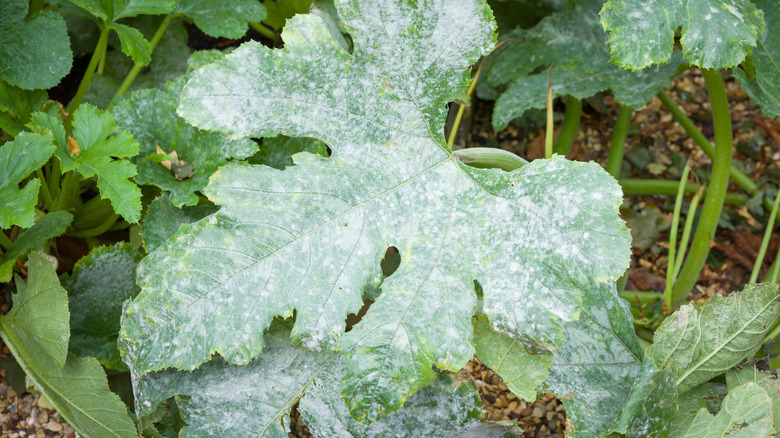Sprinklers are a convenient tool for maintaining your lawn and garden when you can’t be bothered to step out into the sweltering summer heat. But believe it or not, not all sprinklers are created equal. Of course, having some water is better than having nothing, but if you’re going to use a sprinkler to help you keep up with watering your garden, make sure that your sprinkler isn’t working against you. Broadcast lawn sprinklers — essentially any model that sprays far, high, and wide — aren’t ideal for watering gardens, flower beds, and vegetable patches. This is because they tend to waste a lot of water, and their top-down watering style wets the leaves of plants, which can lead to problems with mold and mildew.
So how should you water your garden, especially in the unbearable heat of summer? You don’t have to make a dozen rounds with the watering hose every day. Learn more about why broadcast sprinklers are inefficient and damaging to your garden and what you can use instead to ensure your plants stay healthy and hydrated.
Top-down watering introduces problems

Broadcast sprinklers are an incredibly common tool for watering lawns and gardens. Most attach to the end of a hose or are built into an irrigation system and spray water upward and outward. This may be fine for watering grass lawns, but they aren’t great for garden plants. First, broadcast sprinklers are generally inefficient and wasteful during hot and windy summer days. Their spray pattern causes much of the water to evaporate before it even reaches the soil, especially in the case of tall garden plants and flowers, where it can land on and evaporate from leaves. In some cases, droplets on the leaves of plants can even work like a magnifying glass, focusing the sunlight and scalding the leaves.
However, water constantly pooling on leaves presents problems of its own. In between bouts of rain, plants usually have time to dry out, but when you water every day or several times per week with a broadcast sprinkler, the leaves and stems of plants may stay wet. This creates a perfect environment for mold and mildew to occur and can also attract garden pests like snails and slugs. If a fungal infection occurs, overhead watering can spread the disease as drops fall from infected leaves down onto healthy leaves. Unfortunately, relying on broadcast sprinklers can mean that gardeners won’t notice any problems until it’s too late.
Soak the soil, not your garden
What should you do if you’re going on vacation or you can’t always be there to water your garden? Some sprinkler options will waste less water, avoid drenching your plants, and serve your garden better. Consider weaving soaker hoses or drip lines throughout your garden bed to prevent water evaporation and water directly into the soil. Soaker hoses are made with porous material or have countless tiny holes, allowing water to drip into the soil. This way, the garden stays consistently moist without wasting water, harming your plants, or introducing the potential for disease.
Other low-aiming sprinkler types can also work if you aren’t interested in installing drip lines in your garden. In-ground irrigation systems with flood or bubbler sprinkler heads are best for tree wells and shrubs, as they allow water to soak deep into the soil without spraying up onto branches and leaves. You can also opt to handle things the old-fashioned way: According to the conservation group Garden Style San Antonio, watering your garden by hand can save an average of four gallons per minute compared to sprinkler systems. For the best results, hand-water around clumps of flowers, not on top of them, and try to form a habit of watering in the morning.